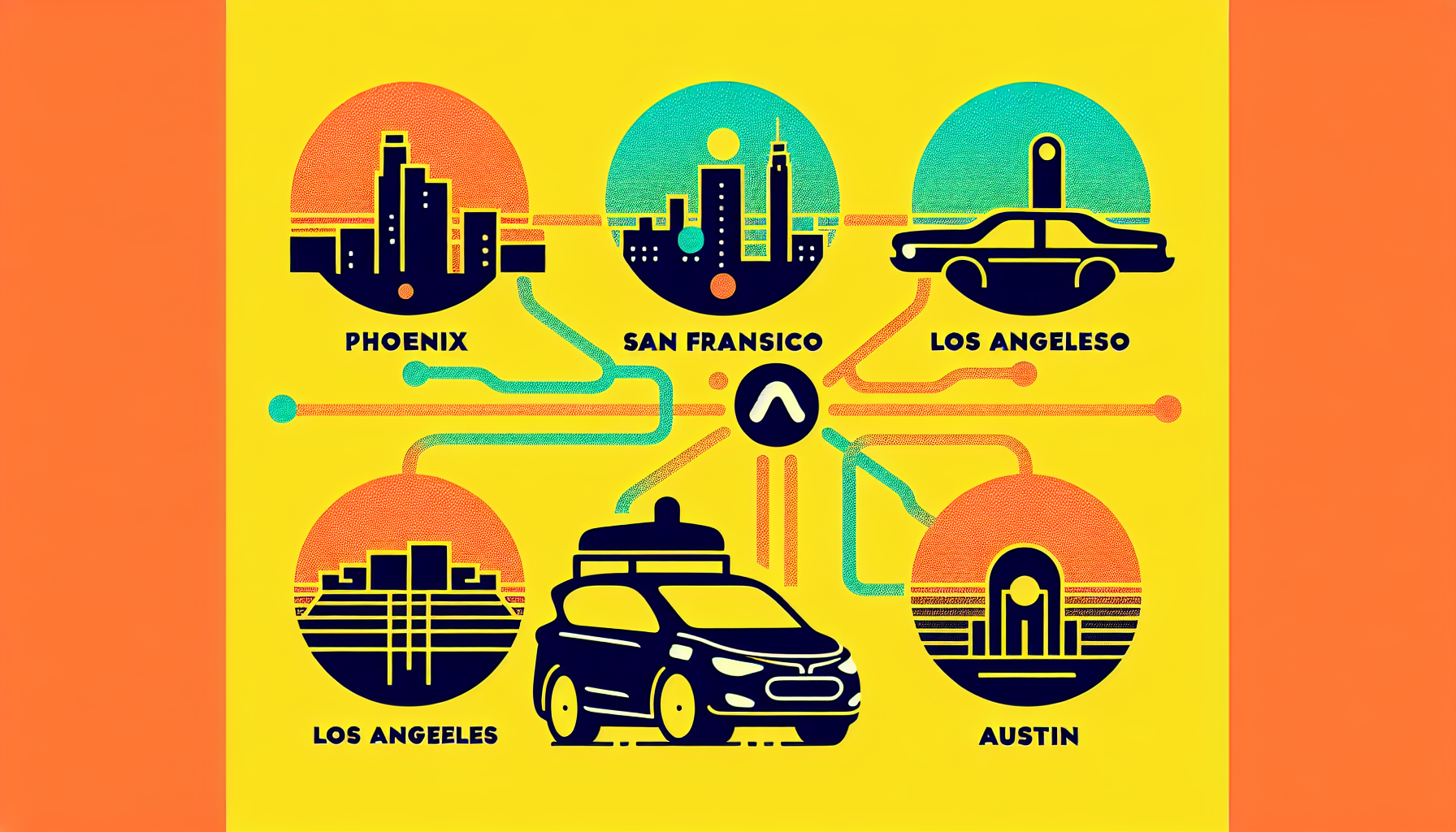In a groundbreaking initiative to reassure the public and meet regulatory demands, Waymo, the autonomous driving branch of Alphabet Inc., has unveiled an extensive safety data hub. This move offers an unprecedented look into the safety performance of Waymo’s fully autonomous vehicles, which have now driven over 22 million miles across four key cities: Phoenix, San Francisco, Los Angeles, and Austin.
### Key Findings and Metrics
Waymo’s data hub, set to be updated regularly, highlights several key metrics that underscore the safety benefits of its robotaxis over human-driven vehicles:
– **Crash Rates**: Waymo’s vehicles have seen 84% fewer crashes with airbag deployment, 73% fewer injury-causing crashes, and 48% fewer police-reported crashes compared to human drivers.
– **Local Metrics**: In Phoenix and San Francisco, where Waymo has accumulated the most miles, the safety data is even more striking. The injury-reported crash rates in these cities are almost four times lower for Waymo’s vehicles than for human drivers.
– **Airbag Deployment**: For the first time, Waymo includes airbag deployment metrics in their analysis, shedding light on crash severity. The data reveals that Waymo cars experience airbag deployments at a rate 84% lower than human-driven vehicles.
### Methodology and Transparency
Waymo’s safety analysis follows a rigorous methodology based on industry best practices, including the Retrospective Automated Vehicle Evaluation (RAVE) checklist. Peer-reviewed by experts, this methodology ensures valid comparisons between autonomous and human driving performance.
To support transparency, Waymo has made its safety methodologies and data downloadable, allowing external researchers to replicate and build upon the findings. This open approach aims to foster trust and enable independent verification of the data.
### Public Perception and Regulatory Impact
The introduction of the safety data hub is part of Waymo’s broader effort to positively influence public opinion about autonomous vehicles. Despite technological progress, self-driving cars still face public skepticism and tight regulatory scrutiny. By offering detailed and transparent data, Waymo aims to prove that its robotaxis are not only safe but also a superior transportation option.
This hub also acts as a valuable resource for safety regulators. In an era of increasing scrutiny of the autonomous vehicle sector, the comprehensive safety record that Waymo provides can serve as a benchmark for the industry. This initiative places Waymo at the forefront of transparency and safety, setting a high standard for others in the field.
### Competitive Landscape
Waymo’s commitment to transparency sets it apart from other major players in the autonomous driving industry, like Tesla. While Tesla has released some safety information, it does not match the level of detail and openness Waymo offers. Tesla’s Full Self-Driving (FSD) software is still considered a Level-2 driver assistance system, and its safety data remains sparse when compared to the extensive and publicly accessible records from Waymo.
### Conclusion
Waymo’s safety data hub marks a pivotal moment for the future of autonomous vehicles. By providing detailed, transparent, and regularly updated safety data, Waymo is not only addressing public concerns but also setting new industry benchmarks for safety and accountability. As self-driving technology continues to advance, Waymo’s commitment to transparency will be crucial in shaping the future of road safety.

Leave a Reply